

Articles
How To Store Wild Rice
Modified: August 28, 2024
Learn the best methods for storing wild rice in this informative article. Keep your wild rice fresh and flavorful with these tips and tricks.
(Many of the links in this article redirect to a specific reviewed product. Your purchase of these products through affiliate links helps to generate commission for Storables.com, at no extra cost. Learn more)
Introduction
Wild rice is a nutritious and versatile grain that has been a staple in many cultures for centuries. With its nutty flavor and chewy texture, it adds a unique twist to a variety of dishes, from soups and salads to pilafs and casseroles. If you’re a fan of wild rice and want to ensure its long shelf life, proper storage techniques are essential.
Unlike regular rice, wild rice has a higher protein content and is less starchy, making it a healthier option. It is also a natural source of fiber, vitamins, and minerals, making it an excellent addition to a balanced diet. However, due to its unique characteristics, wild rice requires specific storage methods to maintain its freshness, flavor, and nutritional value.
In this article, we will explore the best practices for storing wild rice to ensure its longevity and optimal quality. From choosing the right storage container to sealing it properly, we will cover all the necessary steps to keep your wild rice fresh and delicious.
Key Takeaways:
- Properly storing wild rice is crucial for maintaining its unique flavor and nutritional benefits. Choose airtight containers, seal them properly, and store in a cool, dry place to preserve the freshness and quality of wild rice.
- Freezing wild rice can extend its shelf life, allowing you to stock up and enjoy its nutritious goodness for an extended period. Portion and package the cooked rice, label and date, then freeze for long-term storage.
Read more: How To Store Wild Garlic
Why Wild Rice is Different
Wild rice, also known as “manoomin” or “Indian rice,” is not technically rice but rather the seed of an aquatic grass species called Zizania. It grows predominantly in North America, particularly in the Great Lakes region and parts of Canada. Unlike regular rice, wild rice has distinct characteristics that set it apart.
One of the key differences is its taste and texture. Wild rice has a unique nutty flavor and a chewy texture, unlike the soft and fluffy texture of white or brown rice. This makes wild rice a popular choice for adding a wholesome and interesting element to various dishes.
Another significant distinction is the nutritional composition of wild rice. It is rich in protein, containing almost twice as much as regular rice. Additionally, it has lower starch content and a higher fiber content, making it a more nutritious option. The fiber in wild rice aids in digestion, helps regulate blood sugar levels, and promotes a healthy gut.
Another advantage of wild rice is its abundance of essential minerals and vitamins. It is a good source of iron, magnesium, and zinc, which are important for proper immune function, energy production, and overall well-being. Wild rice is also high in B vitamins, such as niacin and folate, which support brain health and contribute to the production of energy.
Due to its unique characteristics and nutritional profile, wild rice requires specific storage considerations to maintain its quality and prolong its shelf life, ensuring that you can enjoy its benefits for an extended period of time.
Choosing the Right Storage Container
When it comes to storing wild rice, selecting the proper container is crucial for maintaining its freshness and preventing moisture and pests from affecting its quality. Here are some factors to consider when choosing a storage container for wild rice:
- Airtightness: It is essential to choose a container that is airtight to prevent air and moisture from entering. Oxygen and humidity can cause the wild rice to spoil or become stale more quickly.
- Material: Look for containers made of food-grade materials such as glass, BPA-free plastic, or stainless steel. These materials are non-reactive and do not transfer any odor or taste to the rice.
- Size: Consider the amount of wild rice you plan to store. Opt for a container that is large enough to accommodate the desired quantity while leaving some headspace for movement and expansion.
- Visibility: Choosing a transparent or semi-transparent container allows you to easily see the contents and monitor the rice’s condition without opening the container.
- Sealability: Look for containers with reliable seals or lids that create a tight seal. This will help to keep the wild rice fresh and prevent any odors or contaminants from entering.
- Stackability: If you have limited storage space, consider containers that are stackable to maximize the use of available space.
When storing wild rice, it is best to transfer it from its original packaging to the chosen storage container. The original packaging may not be airtight and can expose the rice to moisture and pests.
Remember to clean the storage container thoroughly before transferring the wild rice to avoid any cross-contamination or presence of unwanted particles.
By choosing the right storage container, you can protect your wild rice from external factors and ensure its freshness, flavor, and nutritional value for an extended period of time.
Storing Wild Rice in Pantry
If you plan to use your wild rice relatively quickly, storing it in a pantry can be a convenient option. Here are some tips to properly store wild rice in the pantry:
- Choose a cool and dry location: Find a spot in your pantry that is away from direct sunlight, heat sources, and moisture. Fluctuations in temperature and humidity can affect the quality and shelf life of the rice.
- Use airtight containers: Transfer the wild rice to airtight containers to protect it from air, moisture, and pests. Mason jars, glass canisters, or food-grade plastic containers with tight seals are excellent options.
- Label and date: To keep track of the rice’s freshness, label the containers with the date of storage. This way, you can easily identify and use the oldest wild rice first.
- Keep away from strong odors: Wild rice can absorb strong odors, so it’s important to store it away from spices, cleaning products, and other strongly scented items in the pantry.
- Monitor storage conditions: Regularly check the pantry’s temperature and humidity levels. If you notice any signs of moisture or pests, take immediate action to address the issue and ensure the rice remains dry and free from infestation.
When stored correctly in a pantry, wild rice can maintain its quality for up to 6-12 months. However, it’s best to consume it within 3-6 months for optimum freshness and flavor.
Remember to give the wild rice a quick rinse before cooking to remove any debris or dusty residue that may have accumulated during storage. Enjoy the delicious and wholesome flavors of your stored wild rice in various recipes!
Store wild rice in an airtight container in a cool, dry place, away from direct sunlight. It can also be stored in the refrigerator or freezer for longer shelf life.
Freezing Wild Rice for Long-Term Storage
If you want to extend the shelf life of your wild rice even further, freezing it is an excellent option. Freezing wild rice helps to preserve its freshness, flavor, and nutritional value for an extended period. Here’s how to freeze wild rice effectively:
- Cook the wild rice: Before freezing, cook the wild rice according to the package instructions. This will ensure that the rice is fully cooked and ready to use when you thaw it later.
- Cool down the rice: Allow the cooked wild rice to cool down completely before freezing. You can spread it out on a baking sheet to speed up the cooling process.
- Portion and package: Divide the cooled wild rice into portion sizes that you typically use for meals. Place each portion into an airtight freezer-safe container or a zip-top freezer bag. Squeeze out any excess air from the bag before sealing.
- Label and date: Label each container or bag with the contents and the date of freezing. This will help you keep track of the storage time and ensure you use the oldest wild rice first.
- Freeze the wild rice: Place the portioned wild rice containers or bags in the freezer. Store them away from items that emit strong odors to prevent any flavor transfer.
- Thawing and using frozen wild rice: When you’re ready to use the frozen wild rice, remove the desired portion from the freezer and thaw it in the refrigerator overnight. Alternatively, you can thaw it in the microwave or add it directly to recipes that require cooking or reheating.
Properly frozen wild rice can maintain its quality for up to 12 months. It’s important to note that freezing wild rice may slightly alter its texture, resulting in a slightly firmer consistency. However, this won’t significantly impact its taste or usability in dishes.
By freezing your wild rice, you can enjoy its benefits for an extended period, even beyond the typical shelf life. This allows you to stock up on wild rice during sales or when it’s in season, ensuring you always have a supply of this nutritious grain on hand.
Read more: How To Store Wild Mushrooms
Properly Sealing Wild Rice for Freshness
Ensuring proper sealing is essential to maintain the freshness and quality of wild rice during storage. Properly sealed wild rice prevents exposure to air, moisture, and pests, which can adversely affect its taste and texture. Here are some tips for properly sealing wild rice:
- Transfer to airtight containers: As mentioned earlier, it’s essential to transfer wild rice from its original packaging to airtight containers. Mason jars, glass canisters, or food-grade plastic containers with tight seals are suitable for this purpose.
- Remove excess air: Before sealing the containers, press out any excess air using the lid or a vacuum sealer. Removing air helps to prevent oxidation and prolong the shelf life of the wild rice.
- Use resealable bags: If you prefer to store wild rice in bags, choose resealable bags made specifically for food storage. Squeeze out as much air as possible before sealing the bags tightly.
- Double-bag for added protection: For extra security, consider double-bagging the wild rice. Place the sealed bags inside a second bag to create an additional barrier against moisture and pests.
- Consider oxygen absorbers: To further enhance the longevity of your wild rice, you can include oxygen absorbers in the storage containers. These small packets help to remove any residual oxygen and maintain an optimal environment for the rice.
- Store in a cool, dark place: Once sealed, store the wild rice containers or bags in a cool and dark location, such as a pantry or cupboard. Avoid exposing them to sunlight, as it can contribute to faster degradation.
- Check for proper seals: Regularly inspect the containers or bags to ensure the seals remain intact. If you notice any signs of damage or compromised seals, transfer the wild rice to new containers to maintain its freshness.
By properly sealing your wild rice, you can prolong its shelf life and preserve its freshness, flavor, and nutritional value for an extended period. This ensures that your wild rice remains delicious and ready to be used in a variety of recipes whenever you need it.
Tips for Maximizing Shelf Life
To maximize the shelf life of your wild rice and ensure its quality and freshness, here are some additional tips to keep in mind:
- Store in a cool environment: Wild rice is best stored in a cool place with a temperature ranging from 50 to 70 degrees Fahrenheit (10 to 21 degrees Celsius). Avoid storing it near heat sources or in areas prone to temperature fluctuations.
- Avoid exposure to light: Sunlight and artificial light can cause the rice to degrade faster. Store wild rice in opaque containers or keep it in a dark pantry or cupboard to shield it from light exposure.
- Rotate your stock: To ensure you’re using the oldest wild rice first, practice the first-in, first-out (FIFO) method. This means using the older batches of wild rice before the newer ones to prevent them from sitting on the shelf for extended periods and potentially losing quality.
- Avoid moisture: Moisture can cause wild rice to spoil or become moldy. Ensure that the storage containers are completely dry before adding the rice, and avoid storing it in areas prone to high humidity, such as near the stove or sink.
- Keep away from pests: To protect your wild rice from pests, make sure the storage containers are well-sealed and free from any gaps or openings. Store the containers off the floor and away from walls, as pests can enter through cracks and crevices.
- Avoid drastic temperature changes: Wild rice can absorb moisture from the air if rapidly exposed to significant temperature changes, leading to spoilage. Avoid placing the containers near cold drafts or near heated appliances to prevent condensation from forming.
- Inspect regularly: Periodically check the stored wild rice for any signs of spoilage, such as an off smell or presence of mold or insects. If you notice anything unusual, discard the affected portion immediately to prevent contamination of the rest of the rice.
- Consider vacuum sealing: Vacuum-sealed bags or containers can further extend the shelf life of wild rice by removing excess air and creating a tighter seal. This method is particularly useful if you plan to store wild rice for an extended period.
By following these tips, you can maximize the shelf life of your wild rice, ensuring that it stays fresh, flavorful, and nutritious for as long as possible. Enjoy the convenience of having high-quality wild rice readily available for your favorite recipes!
Conclusion
Properly storing wild rice is essential to maintain its freshness, flavor, and nutritional value. Whether you choose to store it in the pantry or opt for freezing, following the right storage techniques will help preserve the quality of wild rice for an extended period.
When storing wild rice, selecting the right container is crucial. Airtight containers made of food-grade materials will protect the rice from air, moisture, and pests. Proper sealing techniques, such as removing excess air and double-bagging, will further enhance the rice’s longevity.
Storing wild rice in the pantry requires a cool and dry location, away from sunlight and strong odors. Freezing wild rice provides even longer shelf life, allowing you to stock up during sales or in-season availability. Just remember to portion and package the cooked rice before freezing, and thaw it properly when you’re ready to use it.
In addition, maintaining optimal storage conditions, such as a cool environment, avoiding moisture exposure, and regular inspection, will help maximize the shelf life of wild rice. The FIFO method and proper rotation of your rice stock will ensure you use the oldest rice first, maintaining its freshness.
By following these guidelines and tips, you can ensure your wild rice remains fresh, flavorful, and nutritious for an extended period. Enjoy the wholesome goodness of wild rice in your favorite recipes, knowing that you’ve stored it properly to preserve its quality.
So, go ahead and stock up on wild rice, choose the right storage container, seal it properly, and enjoy the delicious and nutritious benefits of this unique grain!
Frequently Asked Questions about How To Store Wild Rice
Was this page helpful?
At Storables.com, we guarantee accurate and reliable information. Our content, validated by Expert Board Contributors, is crafted following stringent Editorial Policies. We're committed to providing you with well-researched, expert-backed insights for all your informational needs.
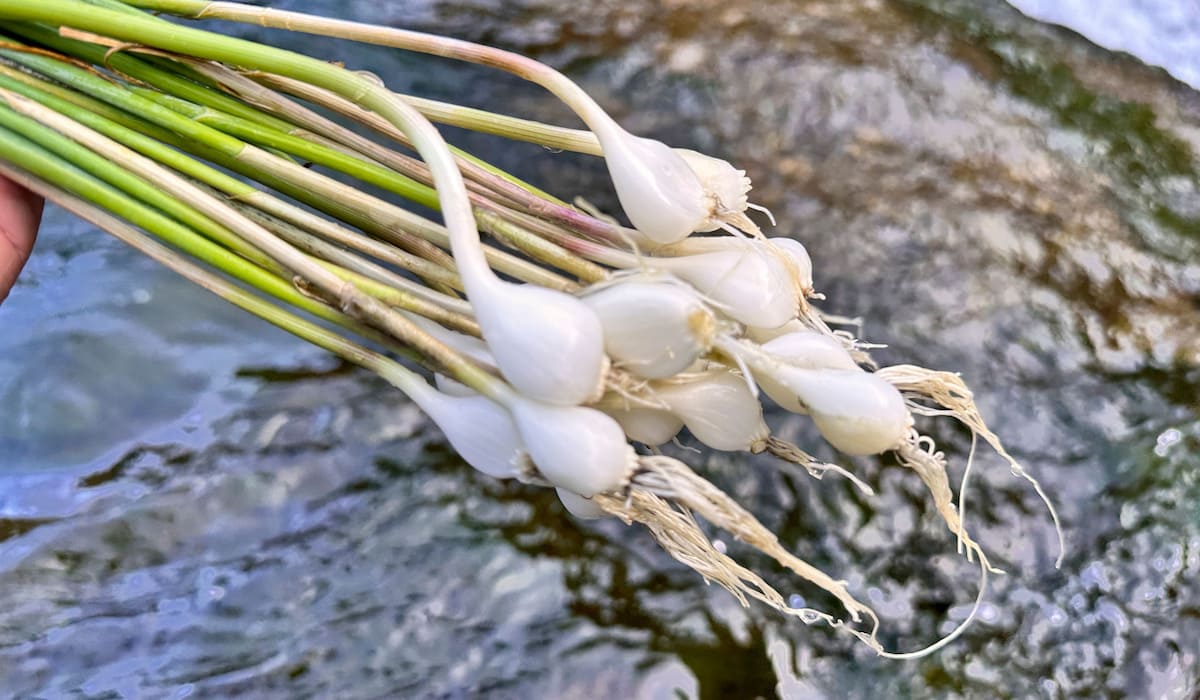

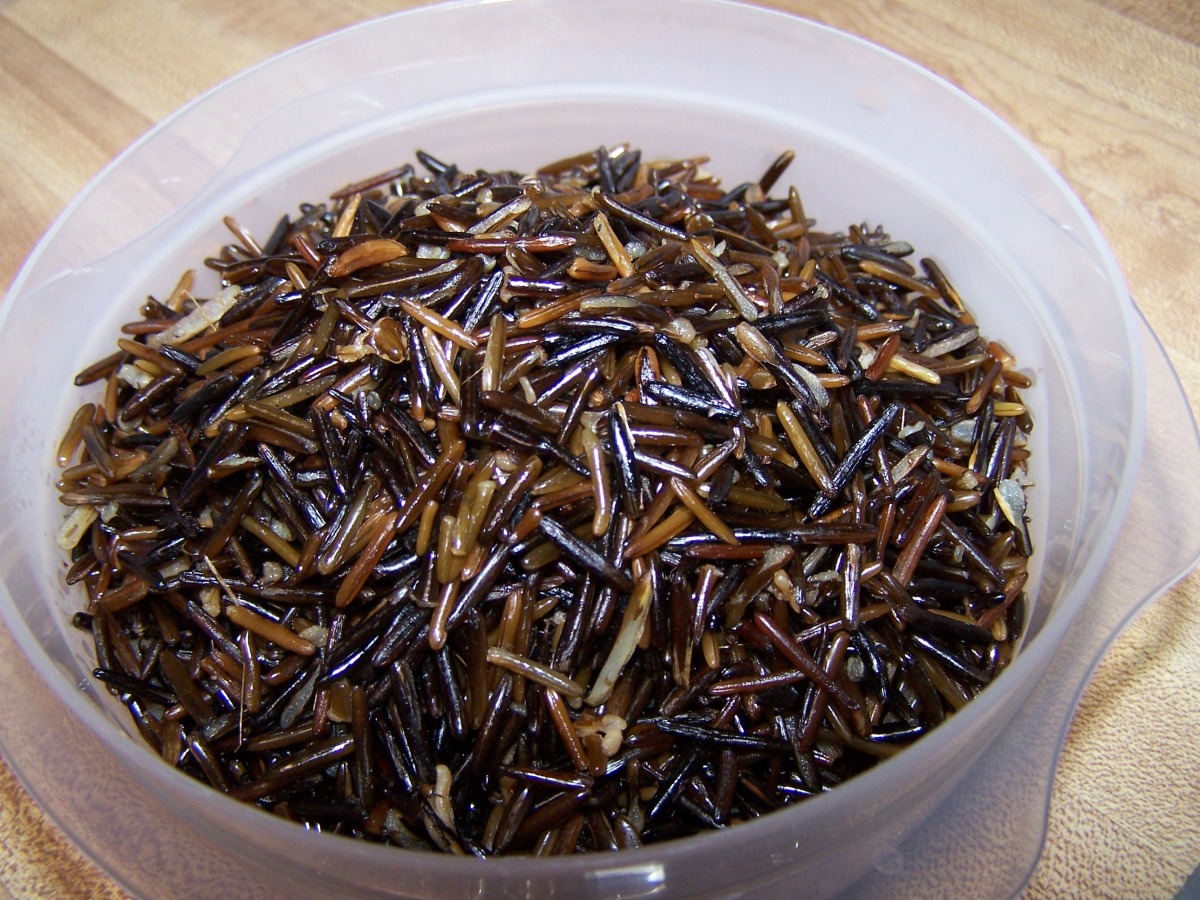



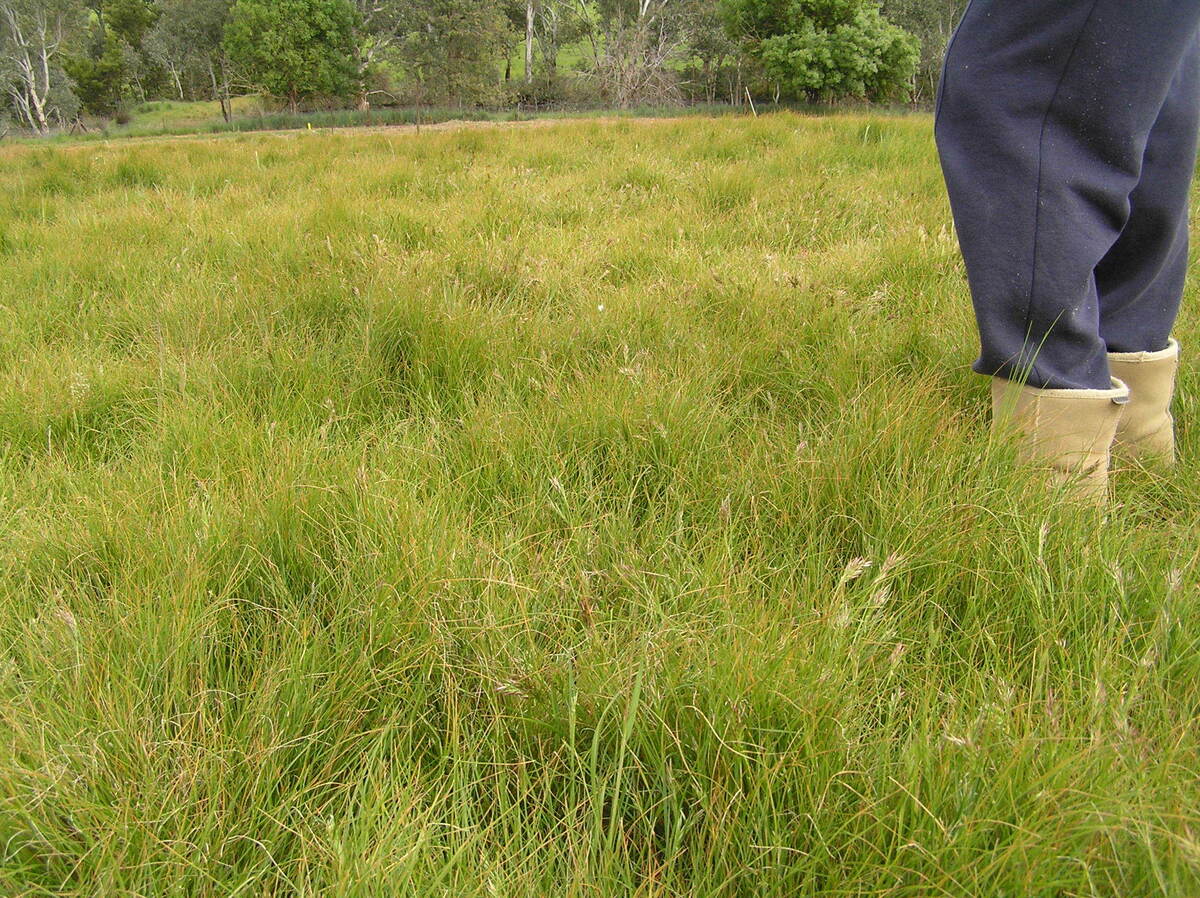
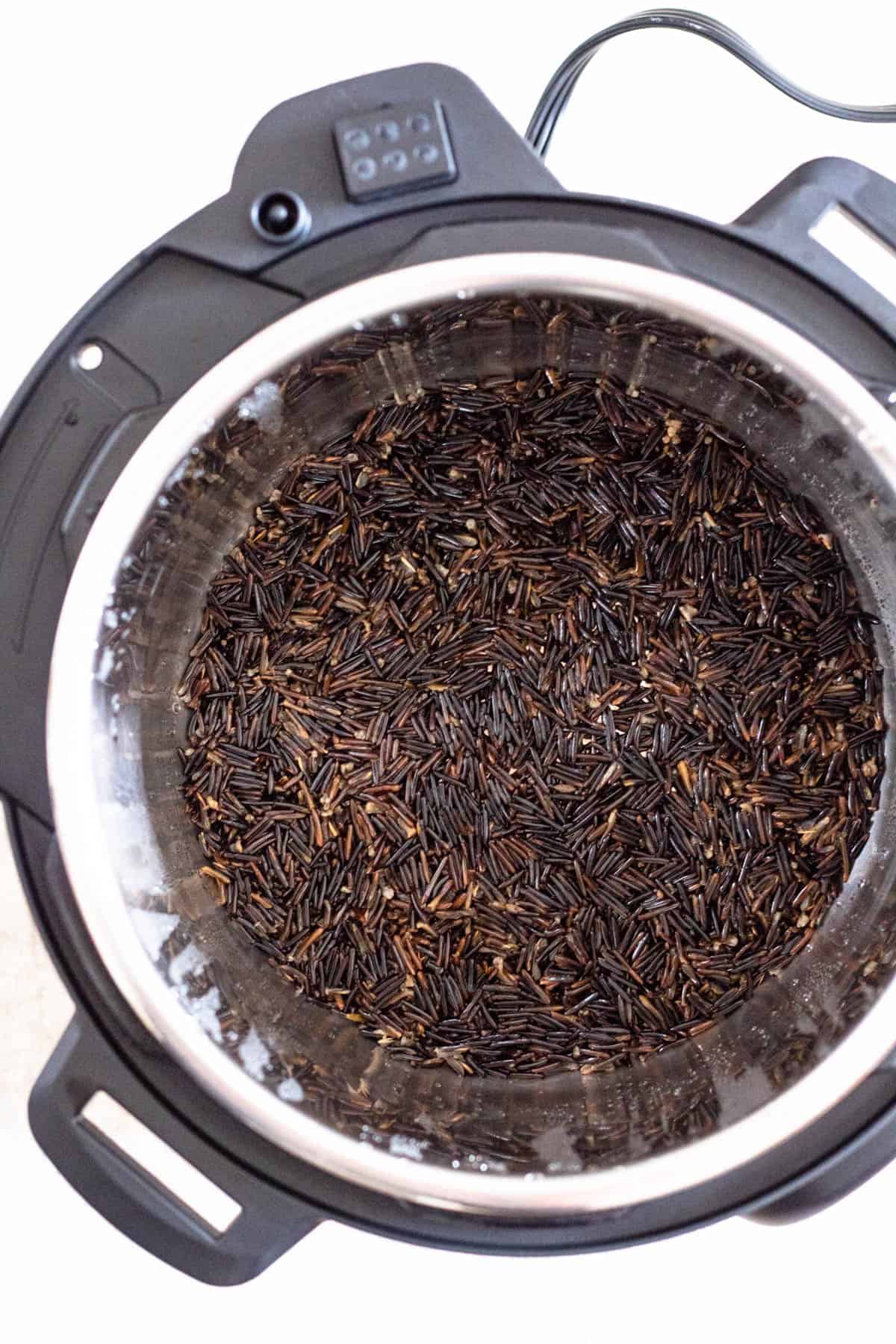


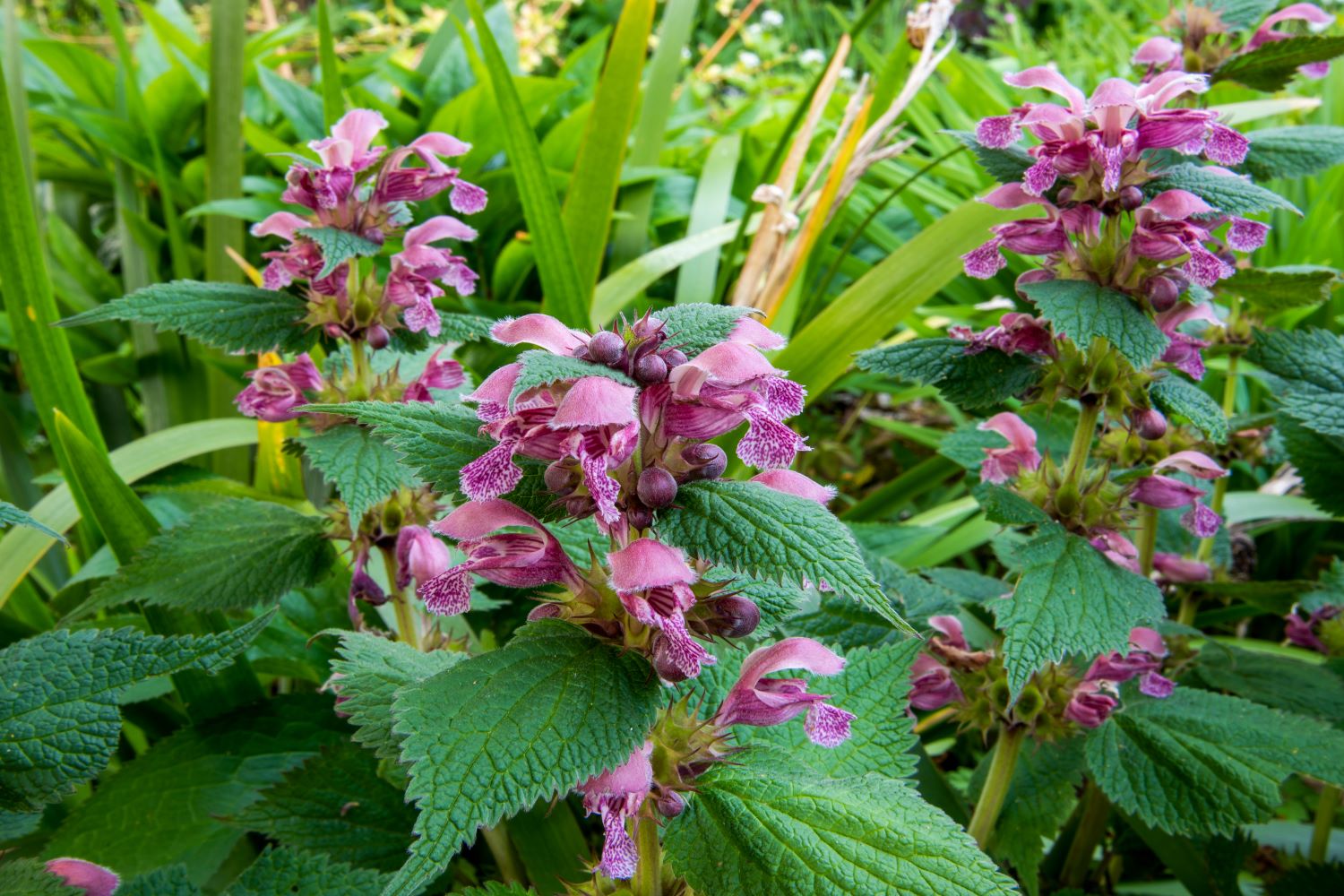




0 thoughts on “How To Store Wild Rice”